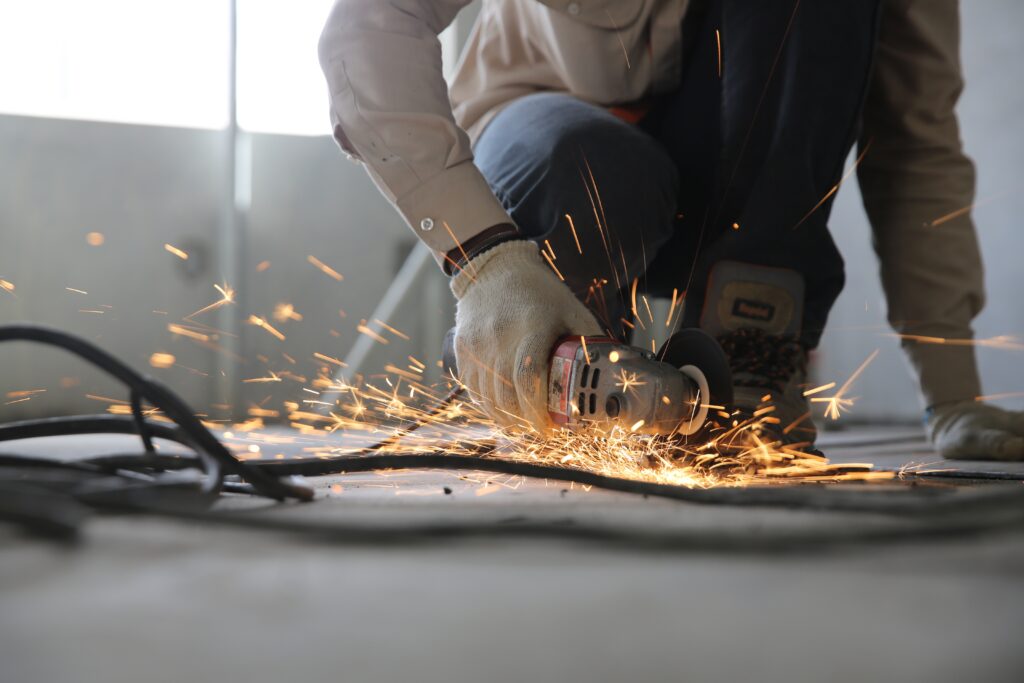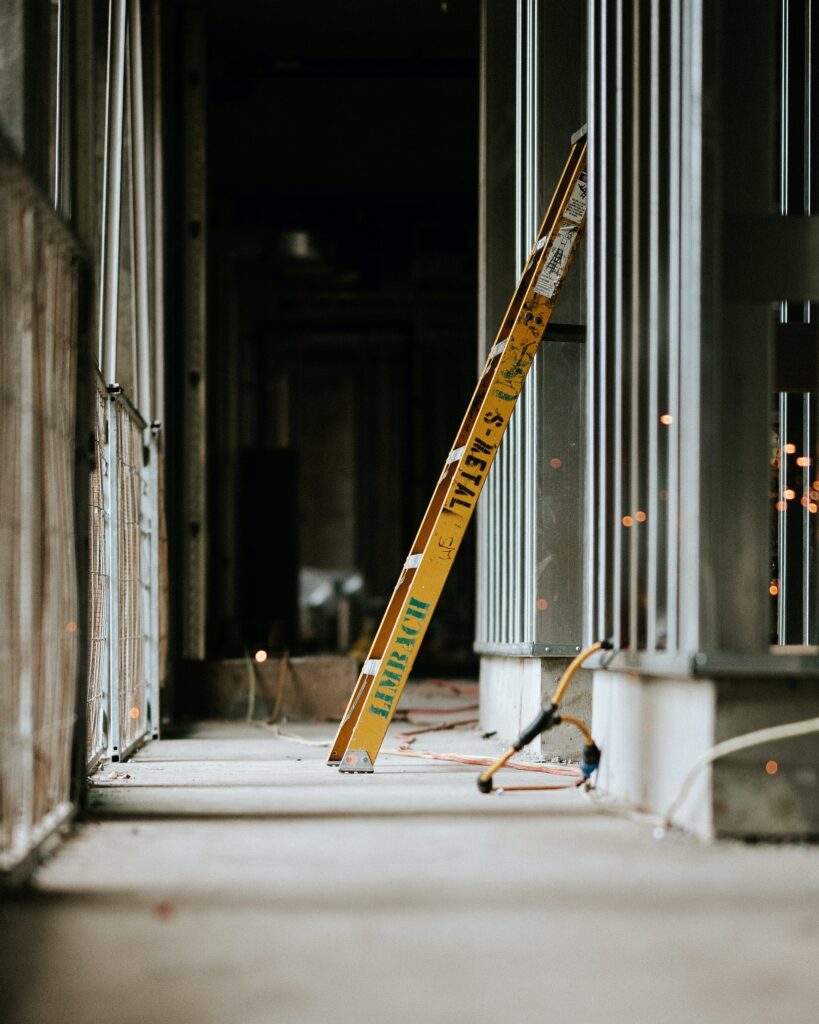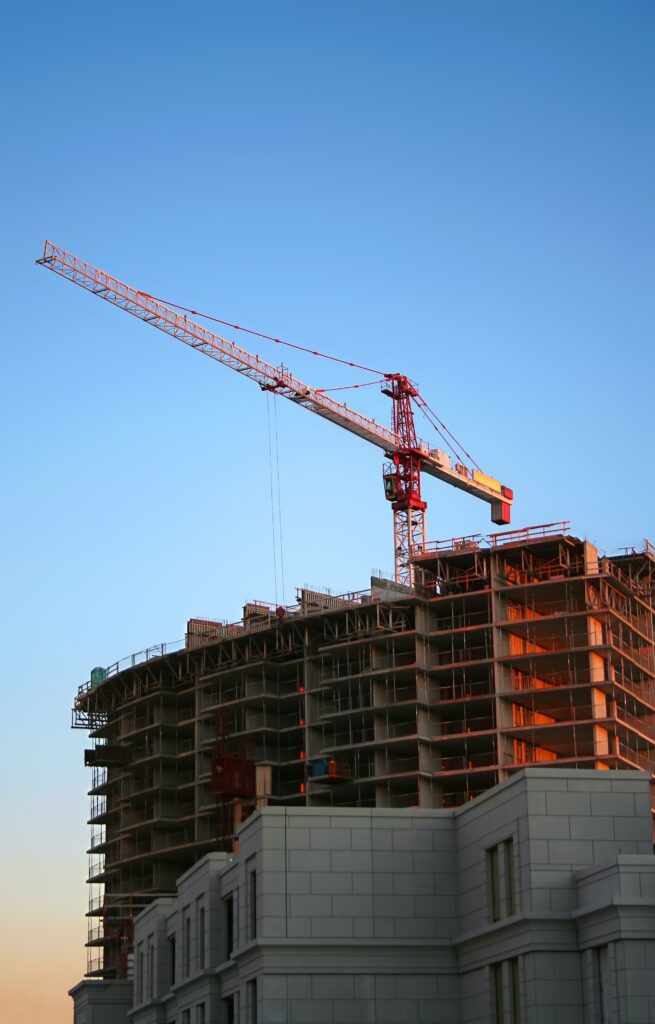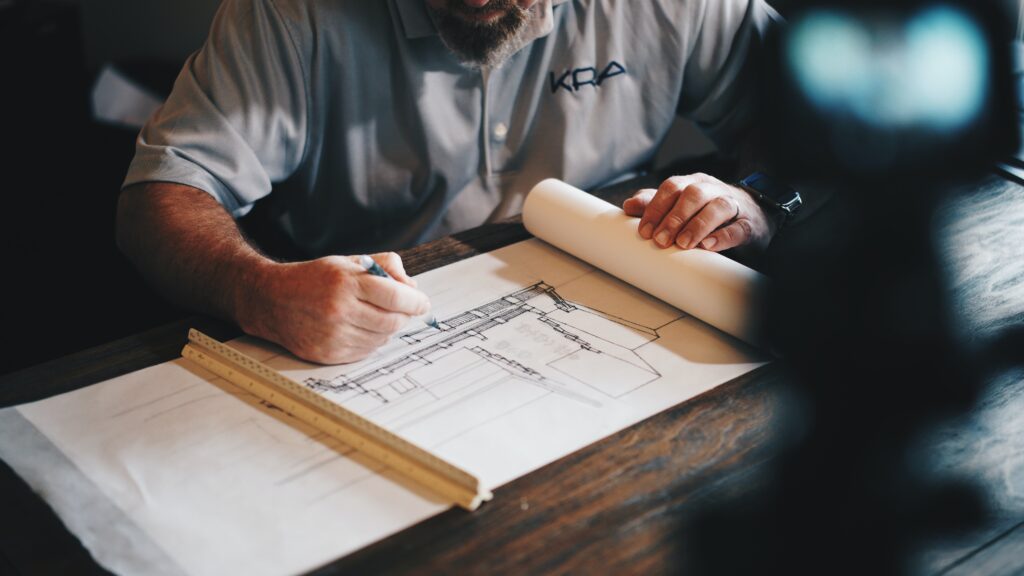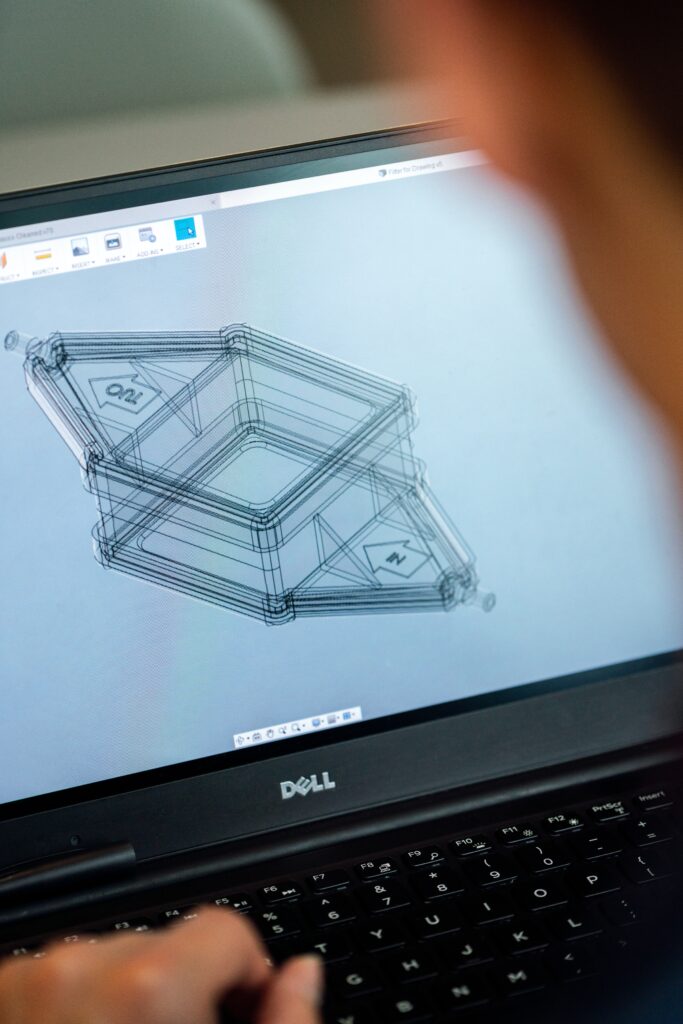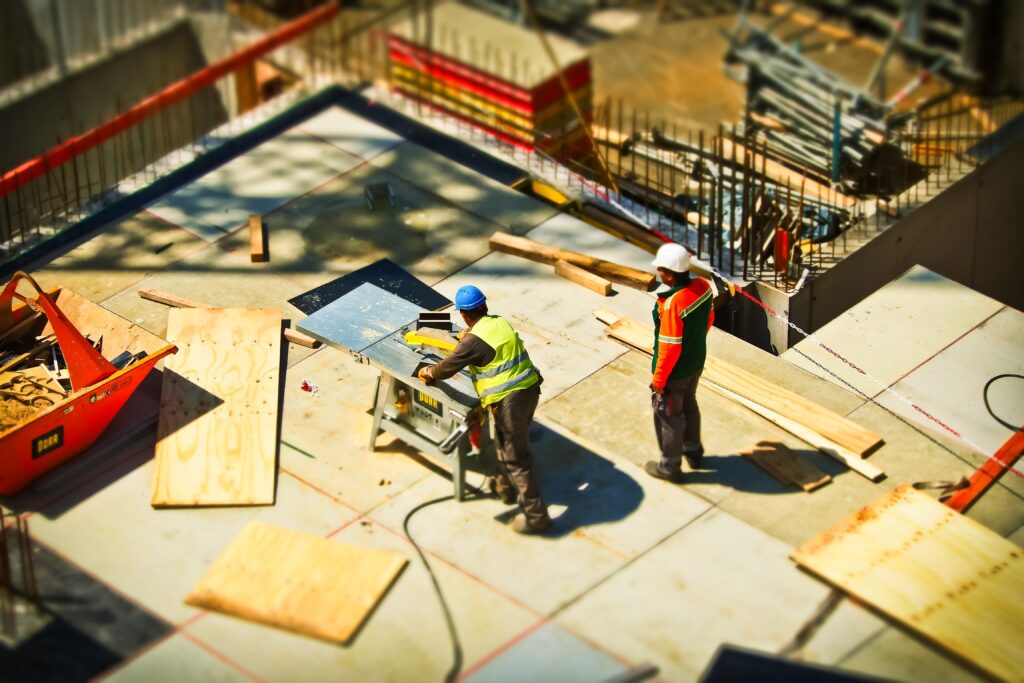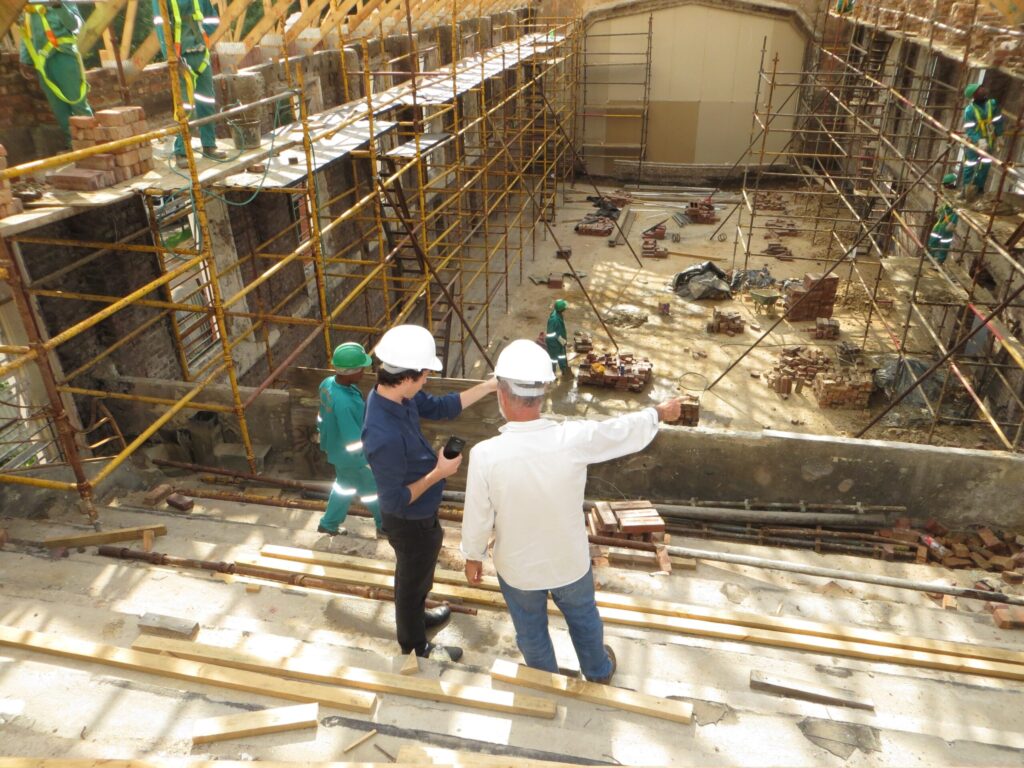The construction industry is filled with numerous tools and equipment that are used for some heavy-duty work. Due to this, regular maintenance is necessary, but you must also know when it is time to upgrade the equipment.
What Happens When Equipment Fails?
Equipment is continuously being used in the construction business. This makes it even more vital that you inspect this equipment regularly so that they are always performing at their maximum potential. If you don’t conduct regular and thorough examinations of your equipment, you may introduce safety hazards to the site.
Defective equipment can lead to serious injuries or fatalities, as well as causing system, structural and electrical failures. These will cause a range of accidents like electrocution, collapses, burns, or cuts. You would also be subjected to safety violations if you don’t meet the equipment safety requirements required by OSHA.
3 Benefits of Upgrading Construction Equipment
– Reduced Downtime
One of the biggest reasons why many business owners think twice before upgrading their equipment is because they fear that it may disrupt the current workload and bring the processes to a halt. But this is not the case, as if unmaintained equipment breaks down unexpectedly then it would halt the processes for a longer period, causing reduced downtime in the long run. Upgrading the equipment will make sure that your business continues to scale and meet new growth.
– Increased Productivity
When downtime is reduced, this automatically improves productivity. Loss of production is mainly connected to faulty and unmaintained equipment, which leads to downtime. Upgrading your equipment will allow you to prepare for the demands of bigger projects in the future. Other tools that help in increasing productivity in the construction sector include industrial weighing scales such as truck scales, floor scales, crane scales etc as it ensures better weighing of equipment along with accuracy, both of which boost the productivity.
– Increased Safety and Minimised Workplace Accidents
Usually, older equipment has fewer fail-safe mechanisms, industry-specific upgrades and monitoring instruments, all of which contribute to equipment malfunction and workplace accidents. You don’t want to provide an unsafe working environment and you definitely wouldn’t want to be held liable for any employee injuries caused by faulty equipment.

